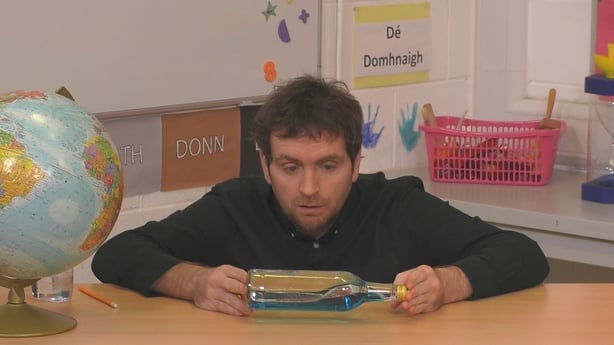Waves
Today we learned about the awesome power of waves. Ocean waves are caused by wind moving across the surface of the water.
The friction between the air molecules and the water molecules causes energy to be transferred from the wind to the water. This causes waves to form.
When we look at a wave, we can name 4 features:
Crest = top of wave
Wave trough = lowest point between each crest
Wave height = distance between crest and trough
Wavelength = distance from crest to crest or trough to trough

Did you know that Ireland has one of the biggest waves in the world and that people are able to surf it? It is true!
The wave is located in Mullaghmore, just off the coast of Sligo. When a storm blows in from the Atlantic Ocean, it produces massive waves.
In October 2020, the remains of a hurricane created waves of over 18 metres tall! But that didn't stop expert Irish surfer Conor Maguire from surfing it. It was so big, it even made the RTÉ News! Look at how huge the wave is.

Conor had a huge safety team with him when he surfed the awesome wave. He and his team also used weather forecast data to predict when the wave would come.
Met Éireann are able to measure waves and on that day, one wave recorded a maximum height of 21.7 metres!
So even though Ireland is not as sunny as Australia or Hawaii, it is still one of the best places in the world to go surfing!
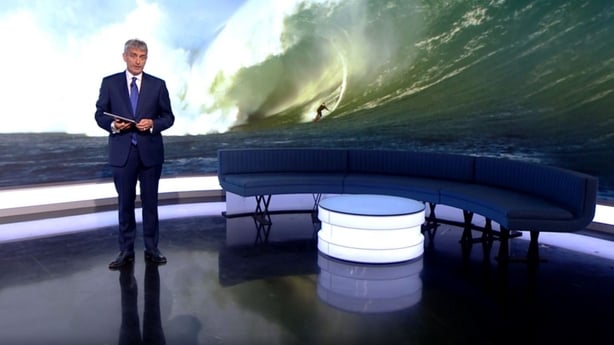
Colour in the drawing below to celebrate Irish surfing!
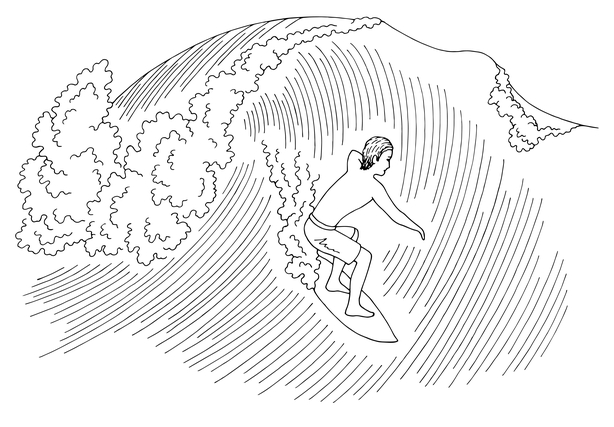

You can see the full lesson and the make your own wave experiment here!

Create your own wave!
The great thing about this activity is that you don't need to be by the sea to see some waves, you can create your own!
What you will need:
- A glass bottle or jar
- Water
- Baby oil
- Some food colouring
Step 1: Fill a jug with some water. Add some food colouring. Any colour will work but blue looks cool, like the sea. Then pour the coloured water into a bottle and fill it just below half way.
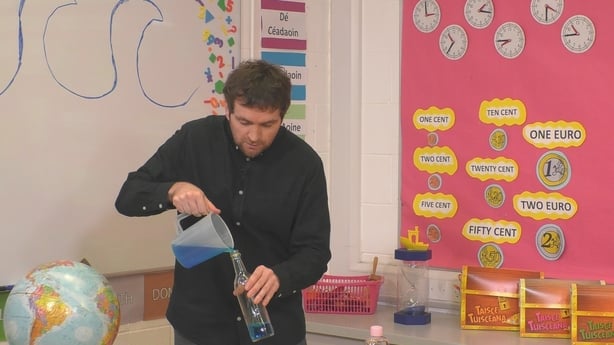
Step 2: Now it is time to add the baby oil. Be careful as it can be messy if you spill it. Fill the rest of the bottle with the baby oil. You will notice straight away that the oil sits on top of the water and the mixture doesn't mix.
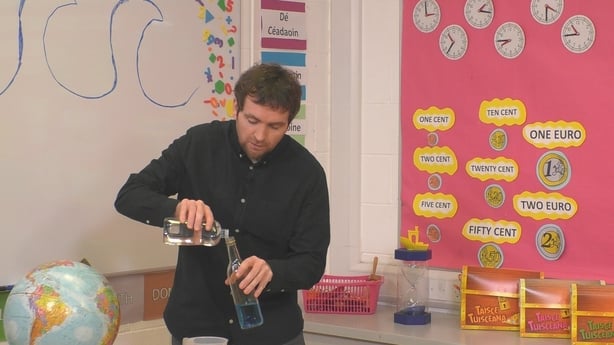
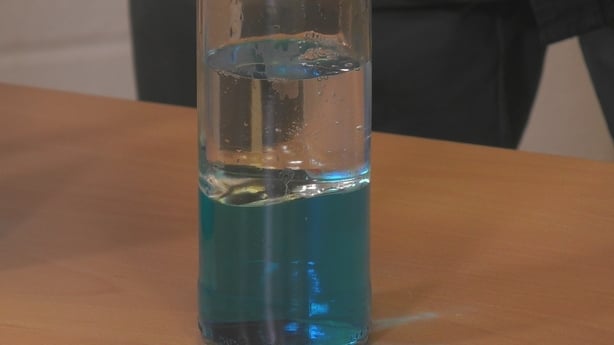
Step 3: Make sure to fill it to the top, so as little air as possible is left. Then seal the bottle or jar with the top or lid, making sure it's firmly closed.

Step 4: Now it's time for the cool part. Turn the bottle on it’s side. You will see that the blue water and oil do not mix but instead flow over each other, creating a cool wave.
